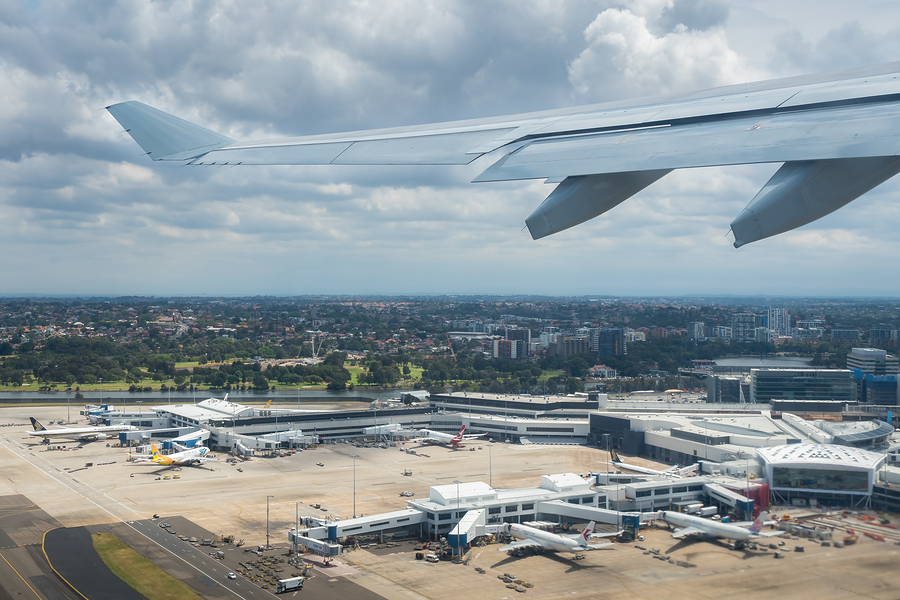The Canadian aerospace sector has enjoyed a decade of growth with a net creation of jobs (20% since 2004), while the manufacturing sectors overall lost 400,000 jobs. However, it is essential to remain vigilant in the face of new challenges. What are they? What candidate profiles are sought?
The new challenges of aerospace
Even though job prospects are encouraging (many retirements, the need of developing countries to renew their fleets, recent announcements by the Ministry of National Defence of investment in security and the armed forces), there are still sizable challenges. The first challenge is the rise of emerging countries which certainly increases market potential but also increases competition. As a result, China and India (1st and 2nd world powers in due course) are now designing and developing their own equipment and are becoming major competitors. Canada, which exports 80% of its production, must stay competitive by lowering its production costs, relocating certain tasks, integrating into global supply chains – while retaining high-value professions, such as those related to design. The second challenge is to develop technology by focusing on R&D: $1.9 billion invested in 2015 in Canada, which attracts businesses from around the world (49 new aerospace facility installations in Quebec since 2001). The third challenge is to integrate green technology by reducing fuel consumption, reducing emissions, reducing noise and developing more sustainable technology.
Enticing salary conditions for sharp profiles
Given this buoyant background, employers are looking for a wide range of candidate profiles with a professional or technical diploma such as technologists, mechanics, machinists, fitters, cabinet makers and upholsterers. In addition, competition is forcing companies to also seek out research engineers with a degree and a specialization, such as mechanical engineers, industrial and manufacturing engineers, aerospace engineers, computer engineers and software engineers and designers. It should be noted that small organizations can find it difficult to hire highly technical profiles – with salaries being 50% higher than all other manufacturing industries due to high productivity in aerospace – and to retain their qualified personnel, as confirmed by the high rate of turnover (after initial experience, young graduates try to join large companies that offer many benefits). As an example, the median salary of an aeronautical engineer in Canada is $80,000 per year, compared to the median Canadian salary, all sectors combined, which is $33,920. Such a salary escalation is due to the strong demand for this profile in the coming years – 4000 aerospace engineering jobs will be available annually in Canada over the next eight years (mainly due to 700 to 800 annual retirements).
The aerospace sector has some good years ahead of it, if it succeeds in overcoming competition from developing countries and technology. As for the students and employees already on the job, their career prospects are highly interesting providing they are aware of technology and are ready for continuing training as part of their DNA.
